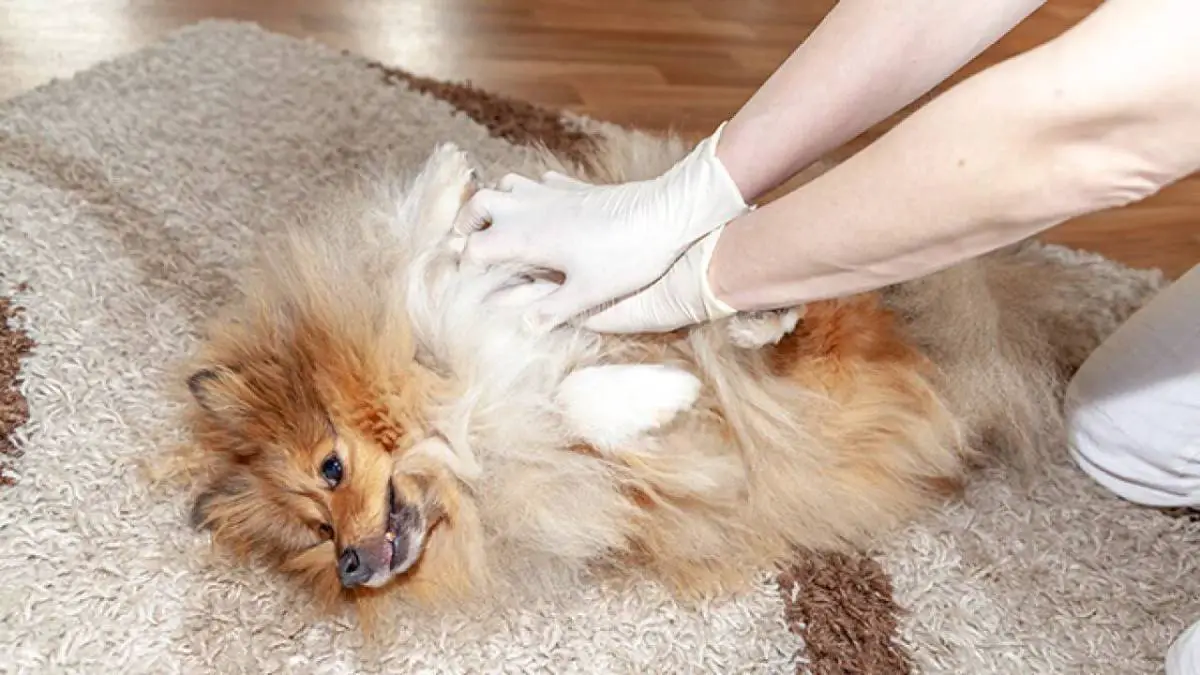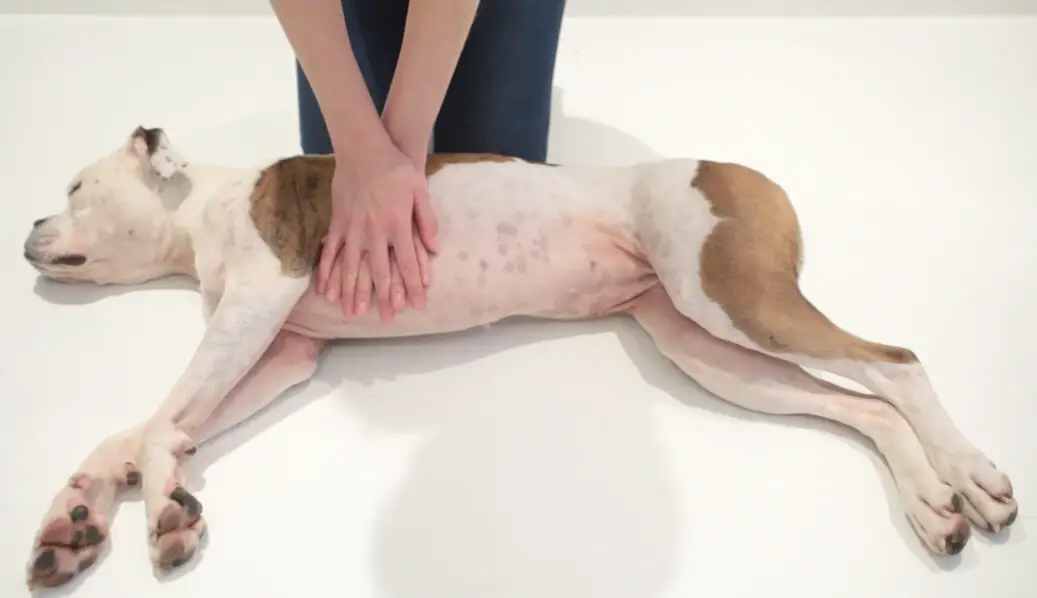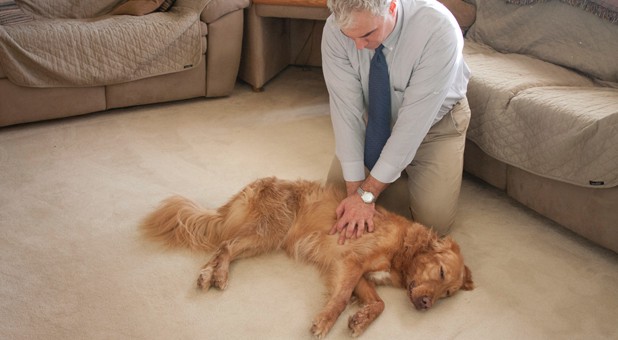Dog CPR - Step by Step Guide
09.07.2021.
Seeing your dog unresponsive and in a life-threatening situation can be pretty scary. However, knowing what to do and how to react can mean the difference between life and death. Dog CPR is something all responsible dog owners should know how to perform. It is best to prepare for the worst and hope for the best.
How to perform dog CPR?
If you ever need to perform dog CPR, here are a few short pointers you have to follow to successfully perform it;
- Check for breathing and heartbeat
- Place your dog into treatment position
- Locate heart and begin compressions
- Begin artificial respiration
- Repeat the step 3 and 4
IMPORTANT NOTICE: Never practice giving CPR on a healthy dog. You can cause them harm and injuries, and you can be sure your dog will not appreciate you training on them.
Checking for breathing
The best and quickest way you can check whether your dog is breathing is by placing the back of your hand in front of your dog’s nose. Look for air coming out. You can also test it with your cheek. Another tell your dog is breathing is if their chest is moving up and down.
Checking the heartbeat
The best way to check for a pulse is by locating the femoral artery and trying to feel the pulse. Run your fingers on the inside of your dog’s hind leg until you reach the place where it joins the body. Feel for a little dip, and that is where the femoral artery is closest to the skin. If you can’t locate it, look for a heartbeat on top of the dog’s chest.
The treatment position
You will not help your dog too much if they are not properly placed to receive your help. After you checked your dog for vital signs, you should place them in the treatment position. Place your dog on their side, doesn’t matter which one. Make sure you place them on a solid area so your dog doesn’t slip or move while you are performing CPR.
You must straighten the dog’s head and neck as much as you can. This will create a direct passage for the air. Pull their tongue forward and let it rest on the back of their teeth. Place yourself behind your dog’s back.
Heart compressions
This is the crucial thing to do. You need to keep the dog’s blood flowing for as long as you can and prevent any kind of permanent damage. You should locate the dog’s heart and place both your hands with fingers interlocked over the broadest part of the dog’s ribcage. Make sure you don’t start compressing directly over your dog’s heart, but near it.
To properly perform heart compressions, you must keep your arms straight and your shoulders above your arms. Use quick short compressions and maintain the rhythm of 100 - 120 compressions a minute. An easy way to remember it - 2 compressions a second or follow the rhythm of the “Stayin’ Alive” song from the Bee Gees. Never push more than ¼ or ⅓ of the chest’s width.
Artificial respiration
Artificial respiration will make sure your dog’s brain receives enough oxygen. Without it, your dog’s brain will get permanently damaged even if they manage to survive the emergency. You should give your dog artificial respiration for every 15 heart compressions you perform.
The first thing you need to do is make sure your dog’s mouth is completely closed. Make sure their lips are covering their mouth, and gently start blowing in your dog’s nose. Make sure their chest is moving up as you blow into their nose. For smaller dogs, simply place your palms over their entire muzzle and gently blow.

Repetition
Performing just a few compressions is not enough. You should keep reviving your dog as long as you can. If someone is helping you, you should switch every 2 minutes. You should call your vet and see if they can come to assist you and help with your dog or have someone drive you to the closest pet emergency.
In conclusion
We are aware that having to perform CPR on your lifeless dog can be incredibly scary and stressful. However, the way you react can make the difference between losing your best friend and keeping them around a bit more. Try to remain as calm as possible, and we are sure you will get through this situation.
World Dog Finder team









Share